The Yorkville Enquirer reported on June 15, 1871 – “In Charleston Sebring Richardson, better known as Old Sebe, died. He was the first jockey that road on the Charleston Race Course. He was a famed express and mail rider between Charleston and Augusta before the railroad was built. He was aged 70 and was buried at the Seaman’s Cemetery on the Ashley.”
City Directories and History: GEORGE ROBERTSON HOUSE
Constructed circa 1846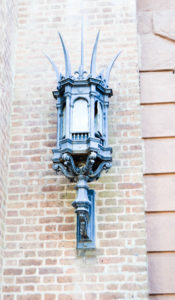
“George Robertson built this house on the site of Sen. Ralph Izard’s late-eighteenth-century town house destroyed in a fire some years earlier. Izard’s mansion was designed by James Hoban, architect of the White House. Robertson’s later side-hall plan house, among the largest in Charleston, included the most recent innovations. The primary entrance from Meeting Street boasts splendid double doors with glazed panels and flanking cast-iron lanterns. The piazza
is masked on the east for the entire three floors. After the War Between the States, the Ross family acquired the house and Miss Mary Jane Ross filled the dwelling with exotic art objects and splendid decoration in the Victorian manner. At her death in 1922, her will attempted to leave the house in trust as a museum, but the legacy provisions were struck down by the South Carolina Supreme Court in 1944 and most of the collection sold at auction.”
The Buildings of Charleston – J.H. Poston for the Historic Charleston Foundation, 1997
——————-
William Waties, Mary Waties, his wife, William and Mary Waties and Nicholas Bennett, Servant. … He was an Indian Trader. .. . On July 10, 1716, the three Indian Commissioners, Ralph Izard, John Barnwell, and Charles Hill, in consultation with Landgrave Smith, appointed William Waties a Factor for trading with the Indians north of the Santee, William Waties, Jr., going security for his father. . . . On May 19,1734, Governor Johnson approved the Commissioners named for running the S. C.-N. C. Boundary (Waties, Drake and Oulfield), urging the inclusion of a good surveyor, adding ‘as I understand, Col. Waties is now in town, who is well acquainted with that part of the country, I think him a proper person……
Also: Mill sites on the creeks were mentioned in numerous early land transfers, but the mill on the Catawba River near Landsford figured in the records from the early times into the 1900s. Built by John Arnold Pender on land granted to him and Henry White in 1762, the Catawba River Mill was later sold to James Blair. Blair’s Mill was used by both the British and American forces during the Revolutionary War. It was purchased by Ralph Izard and Lewis Morris, Jr. in 1812 from Thomas McDow and sold to Henry Izard who built a Merchant Mill. The mill site passed through several hands — Gibson and Cureton — before ending up as Foster’s Mill….. H. Izard — Henry Izard of “The Elms” near Charleston established a summer residence on the Catawba near Landsford to get away during the Low-Country summers. After the death of his wife, Emma Middleton, in 1813, his mother Alice DeLancey Izard and his children spent several years at The Fold, so named because of the sheep and cattle raised on the plantation. In the 1820 Census for Lancaster District, Henry Izard led in the number of slaves — 52 — with “21 engaged in agriculture and 2 in manufactures.” He continued to operate the Catawba establishment until his death. Robert Mills sketched the home of Henry Izard while sitting on the piazza at “Tivoli,” the home of General William Richardson Davie, at Landsford.
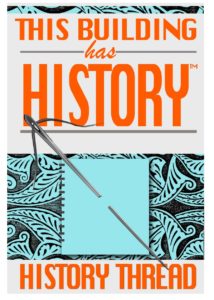
R&R HISTORY LINK: SCHS Mag. article; “Nullification Movement in S.C. – An Update” by G.C. Rogers, Jr.
Izard’s Mill — There was a grist mill on the land when the Izards purchased it in 1812, but Henry Izard replaced it with a three-story Merchant Mill in 1814- 1815. He also operated a cotton machine that was run by water. In 1820 the District was agricultural with cotton as the chief crop, and manufacturing was carried on in the home. Henry Izard’s sister, Anne Izard Deas, set up a spinning operation in her home in 1815 with slave women and under the supervision of the overseer’s wife. At one time she had enough yarn to make sixty yards of cloth. The Deas’ home was near the crossing of the Landsford and McClanahan Ferry roads.
Information from: Names in South Carolina by C.H. Neuffer, Published by the S.C. Dept. of English, USC
***Be sure to read the two excellent articles connecting the Izard family to both Lancaster and York Counties, S.C. under the More Information / PDF link found under the primary image.
Other sources: Charleston Tax Payers of Charleston, SC in 1860-61, Dwelling Houses of Charleston by Alice R.H. Smith – 1917, Charleston 1861 Census Schedule, and a 1872 Bird’s Eye View of Charleston, S.C. The Hist. Charleston Foundation may also have additional data at: Past Perfect
Stay Connected
Explore history, houses, and stories across S.C. Your membership provides you with updates on regional topics, information on historic research, preservation, and monthly feature articles. But remember R&R wants to hear from you and assist in preserving your own family genealogy and memorabilia.
Visit the Southern Queries – Forum to receive assistance in answering questions, discuss genealogy, and enjoy exploring preservation topics with other members. Also listed are several history and genealogical researchers for hire.
User comments welcome — post at the bottom of this page.
Please enjoy this structure and all those listed in Roots and Recall. But remember each is private property. So view them from a distance or from a public area such as the sidewalk or public road.
Do you have information to share and preserve? Family, school, church, or other older photos and stories are welcome. Send them digitally through the “Share Your Story” link, so they too might be posted on Roots and Recall.
Thanks!
User comments always welcome - please post at the bottom of this page.
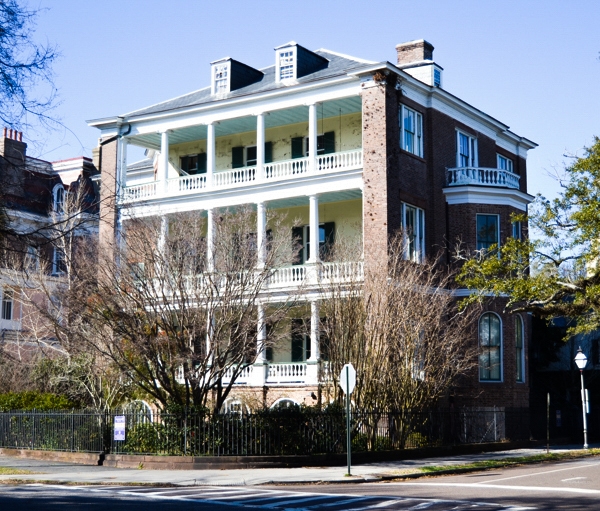
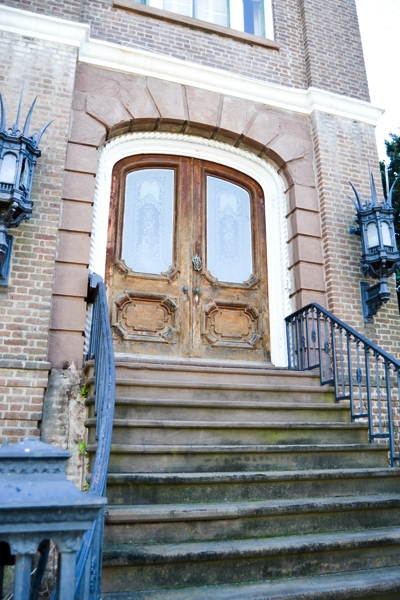
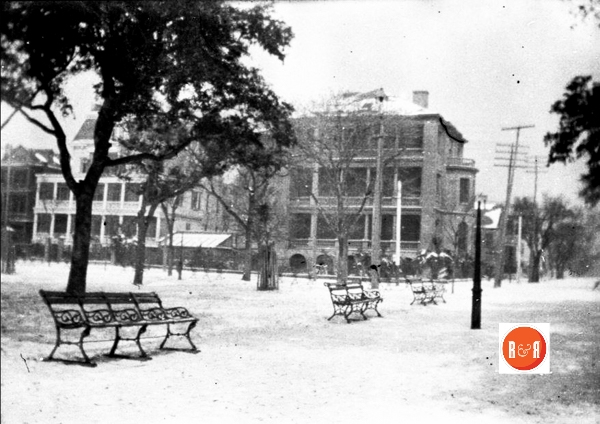
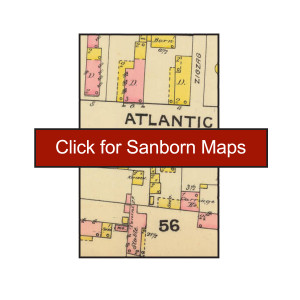

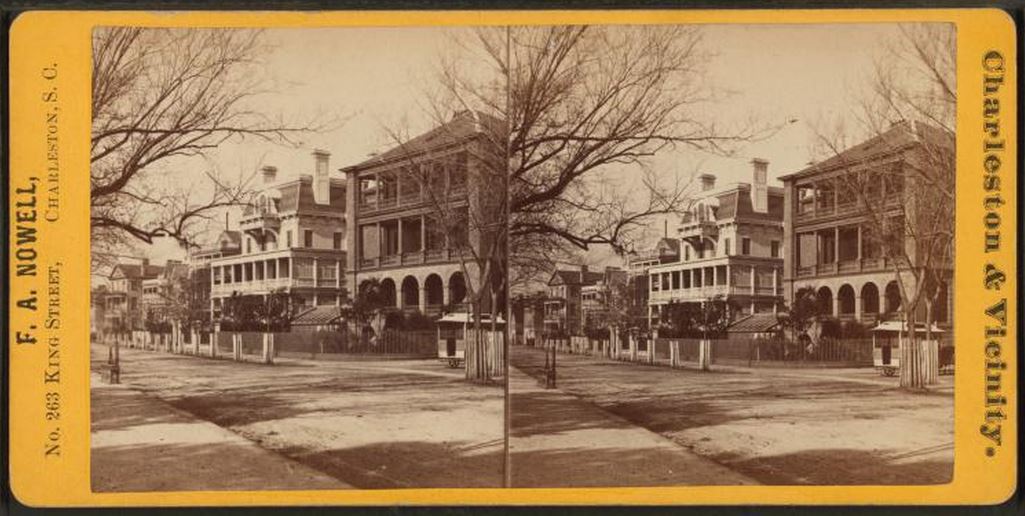
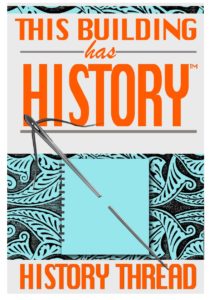

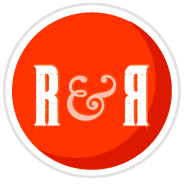
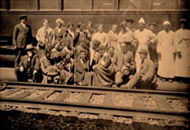
Share Your Comments & Feedback: